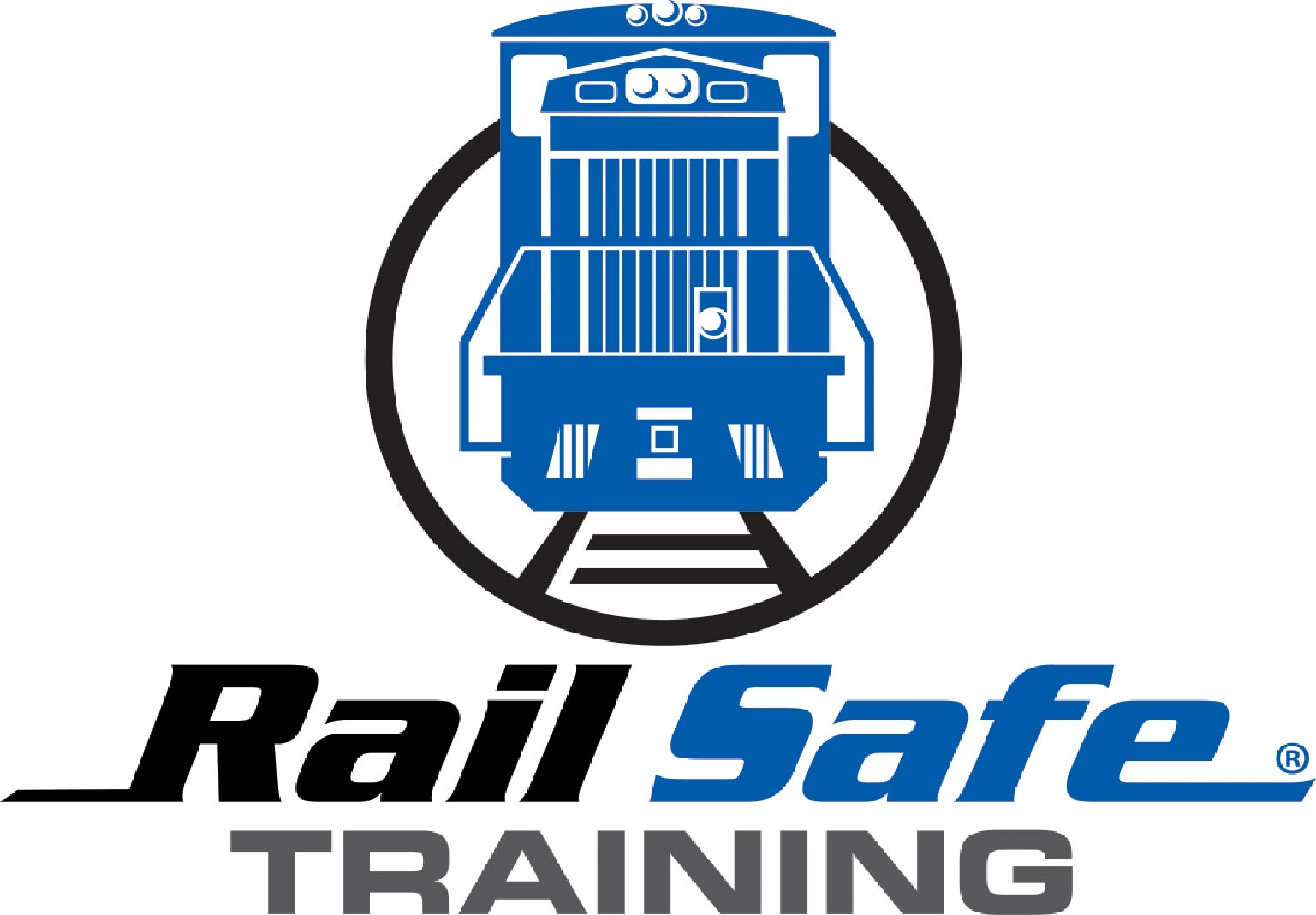A highway-rail grade crossing is a location where a public or private road, street, sidewalk or pathway, intersects railroad tracks at the same level. There are approximately 212,000 grade crossings in the U.S.
State highway traffic safety laws generally require motorists to slow, yield or stop between 15 to 50 feet from highway-rail crossings and not to proceed until it is safe to do so.
Flashing lights or lights with gates do improve safety at grade crossings, but they do not prevent all collisions. Approximately half of all collisions at grade crossings occur where active warning devices are present, and, nearly one-quarter of all crossing collisions involve a motor vehicle striking the side of a train already occupying the crossing.
Motorists must learn how to be safe at grade crossings as an estimated 94 percent of collisions and 87 percent of fatalities result from risky driver behavior or poor judgment.
Engineering improvements such as installing flashing lights and gates, adding traffic dividers that deter motorists from driving around lowered gates, or physically separating the highway from the tracks greatly reduce or prevent the potential for train/vehicle collisions.
By law, trains have the right-of-way at highway-rail grade crossings since they cannot stop or change direction to avert collisions with motor vehicles or people. Given the size and mass of freight and passenger trains, grade crossing collisions can rarely be avoided through the actions of a train crew. However, railroads have important responsibilities that are critical to safety at grade crossings, including requirements to:
• Inspect, test, and maintain grade crossing active warning systems.
• Provide for alternate means of warning motorists in the event of a grade crossing signal malfunction or when it is necessary to remove one from service, avoid interference in the normal functioning of these devices, and repair malfunctioning signals without undue delay.
• Maintain the track structure including proper drainage to avoid disrupting the electrical operation of grade crossing signal systems and removing vegetation on railroad property that could interfere with the visibility of grade crossing warning signs and signals by both motorists and train crews. Illumination at a crossing may be effective in reducing nighttime collisions. Illumination may be particularly effective under the following conditions: Nighttime train operations Low train speeds Blockage of crossings for long periods at night. Long dark trains such as unit coal trains Restricted sight or stopping distance in rural areas Humped crossings where oncoming vehicle headlights are visible under trains Low ambient light levels Luminaries may provide a low cost alternative to active traffic control devices on industrial tracks where switching operations are carried out at night.
• Sound the locomotive horn on approach to, and until occupying, all public grade crossings unless the crossing is part of an FRA recognized Quiet Zone.
• Properly maintain the event recorder (black box) on all locomotives to preserve data following any collision or incident which can aid law enforcement in their investigations
• Increase the visibility of trains by ensuring properly functioning auxiliary alerting lights on all lead locomotives and by affixing reflectorized tape to locomotives and rail cars.
- Sources are FRA Highway Rail Grade Crossing Safety bulletin, Federal Highway Administration Railroad-Highway Grade Crossing, Handbook August 2007
